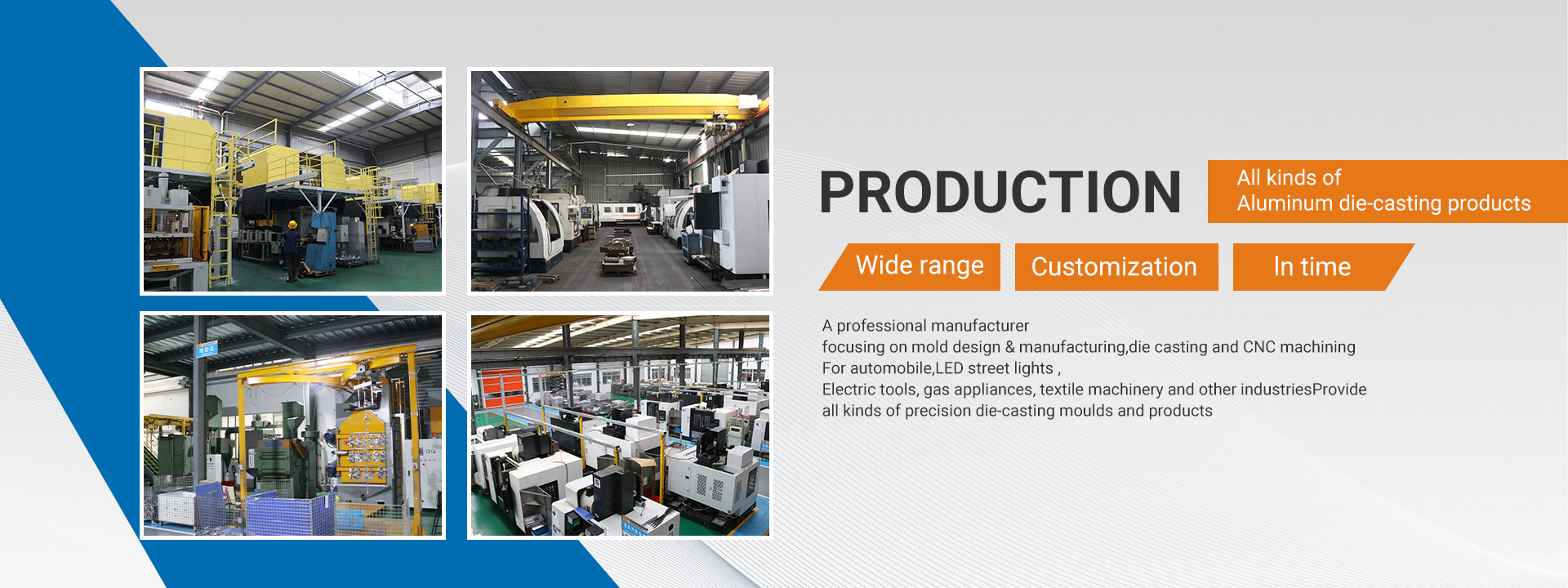In the design of automotive die-casting molds, the choice of gate position is often limited by factors such as alloy type, casting structure and shape, wall thickness changes, shrinkage deformation, machine type (horizontal or vertical), and casting usage requirements. Therefore, for die-casting parts, the ideal gate position is rare. Among these factors that need to be considered, the gate position can only be determined by meeting the main needs, especially for some special needs.
The gate position of automotive die-casting molds is first limited by the shape of the die-casting parts, while also considering other factors.
(1) The gate position should be taken at the location where the metal liquid filling process Z is short and the distance to various parts of the mold cavity is as close as possible to reduce the tortuosity of the filling path and avoid excessive detours. Therefore, it is recommended to use a central gate as much as possible.
(2) Placing the gate position of the automobile die-casting mold at the Z-thick part of the die-casting wall is conducive to the transmission of the Z-final pressure. At the same time, the gate is located in the thick wall area, leaving room for an increase in the thickness of the inner gate.
(3) The position of the gate should ensure that the distribution of the cavity temperature field meets the process requirements, and try to meet the filling conditions for metal liquid flow to the far end of Z.
(4) The gate position of the automobile die-casting mold is taken at the position where the metal liquid enters the mold cavity without vortices and the exhaust is smooth, which is conducive to the elimination of gas in the mold cavity. In production practice, it is very difficult to eliminate all gases, but it is a design consideration to try to eliminate as much gas as possible according to the shape of the casting. The issue of exhaust should be given special attention to castings with air tightness requirements.
(5) For box shaped castings, the gate position can be placed within the projection range of the casting. If a single gate is well filled, there is no need to use multiple gates.
(6) The gate position of the automobile die-casting mold should be as close as possible to the area where the metal flow does not directly impact the core, and it should be avoided to cause the metal flow to impact the core (or wall). Because after hitting the core, the kinetic energy of the molten metal dissipates violently, and it is also easy to form dispersed droplets that mix with air, resulting in an increase in casting defects. After the core is eroded, it produces mold sticking, and in severe cases, the eroded area forms a depression, which affects the demolding of the casting.
(7) The gate position should be set at a location where it is easy to remove or punch the gate after the casting is formed.
(8) For die-casting parts that require air tightness or do not allow the presence of pores, the inner runner should be set at a position where the metal liquid Z can maintain pressure at all times.
Post time: Jun-03-2019



